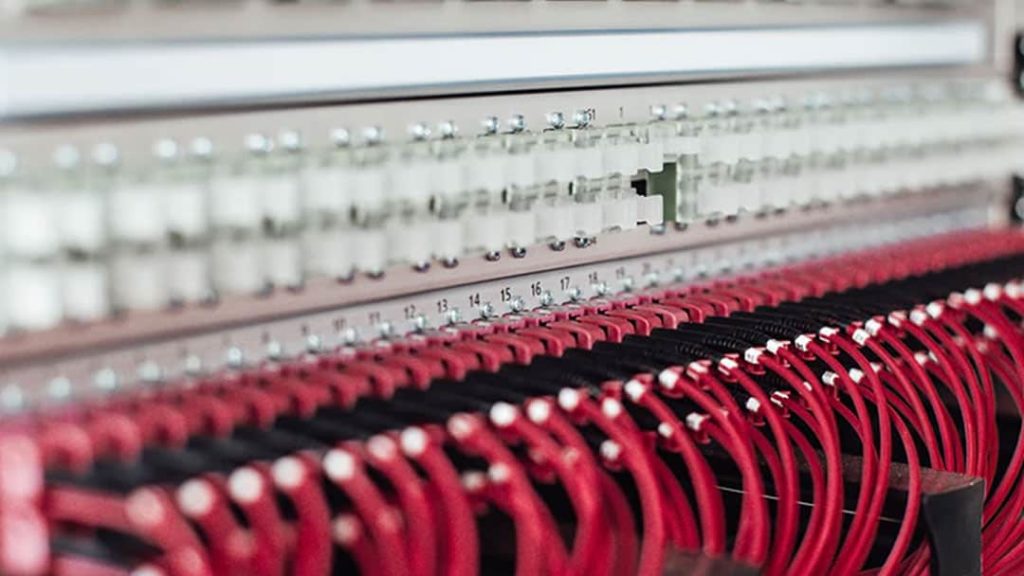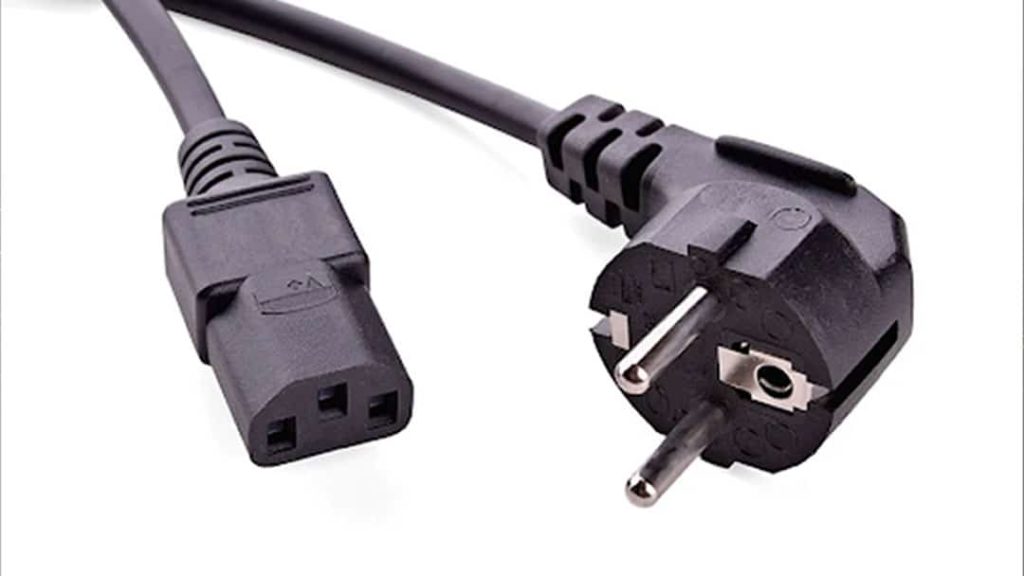Technology infrastructure is quickly becoming the backbone of the business world. The specific hardware, software, and data capacity configuration is what powers your business. And as technological innovation transforms the way businesses operate, infusing automation, data-driven decision-making, and artificial intelligence capabilities into everyday workflows, network infrastructure becomes increasingly important.
Traditionally, most businesses have housed their data centers for control and security purposes. But as cloud computing becomes the mainstream option and our capacity for bigger, better, and faster continues to grow, it’s no longer the only option. As business owners evaluate their co-dependent business and technology strategies, they’re facing a big question. Should they keep their data on-premise or move to a colocation data center?
Related: How to Cool a Server Room Properly
On-Premise Data Centers
An on-premise data center refers to the hardware and software that your business houses and maintains on-site. This could be a dedicated server room or an entire floor of a large office building, depending on the scale of your needs. The point is that you own and control every piece of the data center that you use to run your business.
This gives you:
- Complete control over resources and scalability.
- Convenient access.
- Full data control and the ability to meet industry-specific regulatory requirements.
- Control over security and maintenance activities.
These advantages made a clear case for several decades for the on-premise data center model. But as technology becomes more capable and businesses need access to enterprise-level supercomputers to manage their data and AI, keeping an on-premise data center up to date is becoming a burden.
Businesses that operate an on-premise data center should expect challenges like:
- Big budget allocations to cover the cost of new technology with frequent upgrades.
- There are plenty of specialized IT labor hours for the installation and maintenance of growing data center needs.
- Construction costs for remodeling or adding space to house an on-site data center.
- Difficulty building redundancy with a single point of failure can disrupt business.
- Significantly higher utility bills as the cost to power and cool a data center draws a lot of energy.
Managing technology costs is the biggest reason many businesses migrate to colocation data strategies.
Related: Improving Data Center Energy Usage & Efficiency
Colocation Data Centers
A colocation data center is essentially a rented server space accessed through the cloud. There is no physical need to be located in the same building, which opens the door to many more options for managing enterprise data.
There are several advantages to renting data center capacity from a specialized provider at face value. For one, someone else takes care of the equipment purchases, utilities, and maintenance while providing your business with a reliable flat-rate bill.
Colocation centers are built for data with a high level of security. Other advantages of using a colocation data center include:
- Lower utility expenses spread across multiple customers and factored into monthly or annual contracts.
- Built-in redundancies for internet connections and power increase uptime.
- Access to mirrored data center networks to keep your business running in the event of a disaster.
- Scalability ranges from small business need all the way up to major enterprises.
Hands down, sharing the resource costs of equipment and utilities with multiple customers is a big draw towards using colocation data centers. But there are a few considerations you should explore before making the switch.
C&C Technology is helping build the future by designing efficient data centers that offer scalability and availability to keep businesses running. Learn more today.
For one, every data center is a different business. You need to do your homework to understand what is being offered and if it is a good value. The concept of a colocation data center might be a great idea, but if you receive poor service, significant downtime, or tons of added fees, it’s not a good trade-off in the end.
Take a close look at:
- Bandwidth and Room for Growth
- Security Protocols
- Redundancy Planning
- Initial Set-Up Fees & Contract Pricing
- Customer Service Availability
Transitioning to a colocation data center can be a strategic move, but it is not without some risk. You’ll have to get comfortable with the idea that you may not have physical access to your servers, and you may not have any control over downtime for routine maintenance activities. Additionally, if a data center isn’t well designed, you’ll eventually run into bandwidth or latency problems that bring you back to the drawing board in just a few years’ time.
Related: Types of Cloud Computing and How they Differ
So, Which One is the Better Option?
Unfortunately, it is not a clear-cut answer. The business world is shifting towards colocation data for cost and scalability reasons. But that doesn’t mean that the time is right for every organization to give up their on-premise data centers.
Begin by carefully evaluating your data needs now and for the next five years. The size of your business and how much data you’re currently handling paired with your plans to build out technology capabilities in the near future will determine if a change is needed.
Then, you can begin shopping for the available providers for colocation data services. Keep in mind that these facilities are just beginning to grow in popularity. If you wait for the trend out for a couple more years, your options will increase significantly.
Making the right decision to support your critical infrastructure is essential to the stability and growth of your business. The IT world is growing at an unprecedented rate. At a minimum, you need scalability and reliability to be competitive.
As the business world marches forward through digital transformation, IT projects are no longer considered individually. Every aspect from infrastructure and cloud computing to architecture and cybersecurity is interrelated. Building capabilities to keep businesses agile is the top priority for today’s executive office.
C&C Technology is a leader in delivering data center Technology that offers efficiency, scalability, and reliability. We know what it takes to manage power, cooling, and infrastructure. Learn more about designing your data capabilities for the future today.
Last Updated on January 21, 2023 by Josh Mahan




